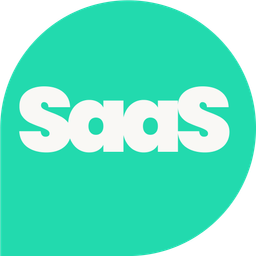This article is based on Tye Davis’s talk at the Developer Marketing Summit in San Francisco, check out his full presentation here.
Tye is now the Director of Product Marketing at Harness.
Today, I’m going to dive into technical competitive analysis. My hope is that by the end of this article, you’ll understand how deep technical analysis can help your organization develop a better competitive strategy and improve its product strategy.
We’ll cover three key themes:
- Transparency: I spent the better part of my last five years at GitLab, and transparency was huge for us as a company. When it came to competitive and technical analysis, it was crucial that we were upfront about what we offered and what we didn’t.
This clarity helped customers figure out whether GitLab was the right tool for them.
- Innovation and differentiation: This is about identifying gaps in the market and figuring out how we can offer something unique. It’s not just about what we do better than our competitors, but also about acknowledging where we fall short.
This helps us decide whether to address those shortcomings or focus on areas that align more closely with our strategic goals.
- Market positioning: This is crucial for developing effective marketing and sales tactics that will help you get buy-in from developers and buyers.
How GitLab approaches competitive analysis
To give you some context, let me tell you a little about GitLab.
GitLab is unique in that it offers a single application platform, unlike many companies that offer a suite of separate products. This “one application” model is divided into nine categories, with each of these having its own set of competitors.
When I first joined GitLab, the CEO was adamant about having full visibility into every single competitor within these nine categories – we’re talking analyzing around 100 different competitors!
Our task was to conduct deep technical analyses on all of them. The idea was to have this information transparently available on the website for anyone to see.
However, with just two technical marketers at the time, this approach wasn’t sustainable. Technical marketing wasn’t solely responsible for competitive analysis; our primary focus was on demos and creating technical content for developers.
As a result, over time, our approach evolved. Instead of trying to match every competitor across all possible areas, we focused on the nine specific categories into which our product was divided. We selected the top competitor in each category and conducted a deep analysis of how we compared.
The exception was GitHub, our most frequent competitor, where we did a comprehensive analysis across all nine categories. This allowed us to address GitHub's strengths and weaknesses holistically.

Building a competitive strategy: GitLab's transparent approach
GitLab is extremely transparent about almost everything it does. If you wanted to start a startup, you could practically use GitLab’s public resources as a blueprint.
They have a massive handbook – last I checked, it was around 6,000 pages, though it’s probably even more now – that’s available to everyone. You can just Google it, and you'll find a wealth of information, including competitive strategies and how different departments within the company operate.
This level of openness is a core part of GitLab’s identity and plays a crucial role in its competitive strategy.
There are six key areas of GitLab’s competitive strategy:
- Tactics
- Assets
- ROI
- Case studies
- Partner leverage
- Products
Of these six key areas, five are public – only the tactics are private. The vast majority of GitLab’s competitive assets are out there for anyone to access.
This transparency helps eliminate any hesitation potential users might have because they can see exactly what we’re doing and where we stand. The information is all there, and anyone can read through it.
Now, let me tell you a little more about three of those six elements of GitLab’s competitive strategy: tactics, assets, and products.
Tactics
When I talk about tactics, I’m referring to the internal, private resources that technical marketing provides to sales teams. These include workshops for sales engineers, which give them the knowledge to discuss GitLab’s product in detail when facing competition, helping them articulate where it adds value.
For sales teams, it’s not about engaging in a feature-for-feature comparison – that’s not the way to win. Instead, it’s about understanding the gaps in competitors' offerings and demonstrating how GitLab can fill those gaps to create additional value.




